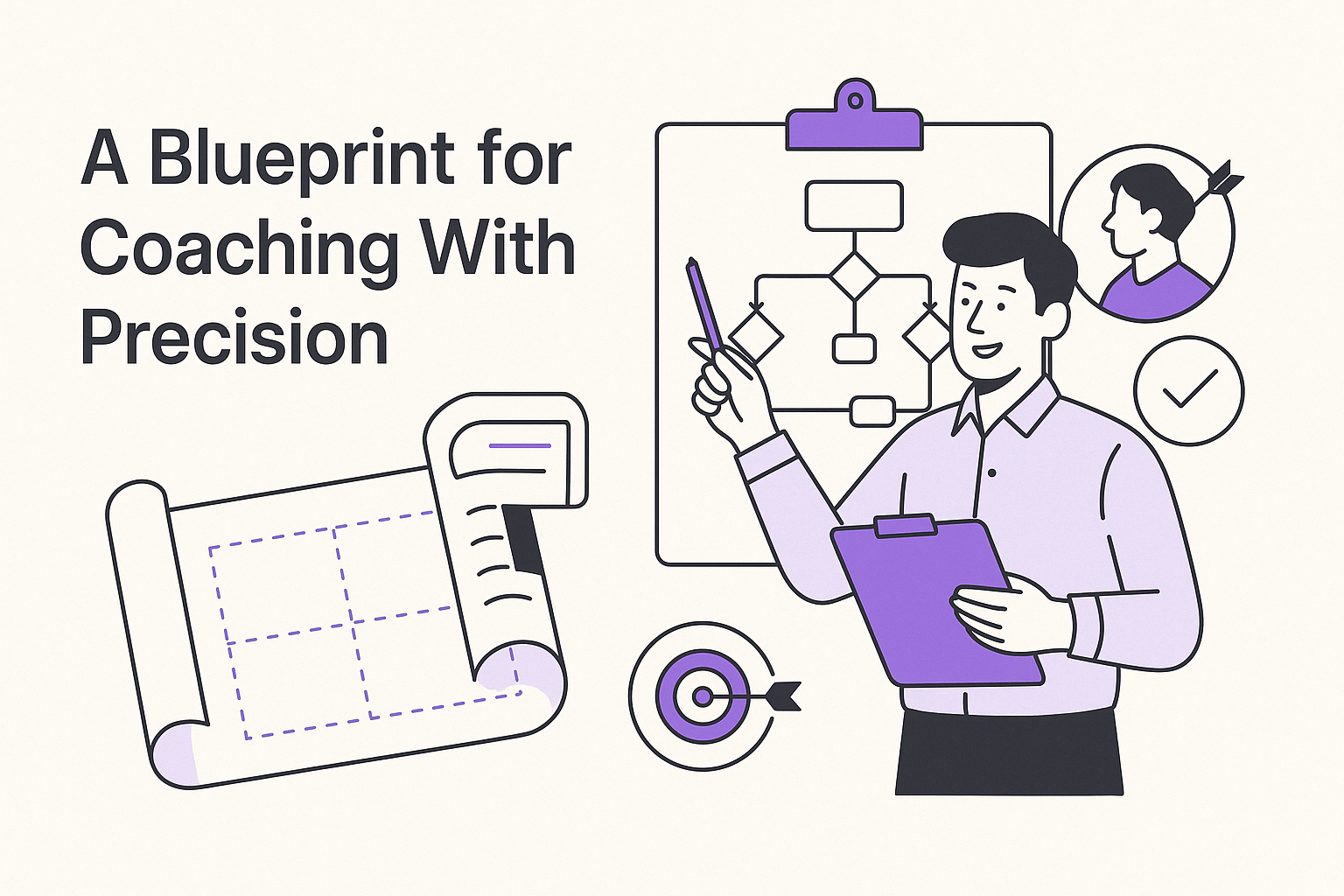Service Blueprint Front Stage vs Back Stage
-
Bella Williams
- 10 min read
Service interaction layers form the foundation of understanding how customers engage with services through both visible and hidden processes. These layers help distinguish between the front stage—where customers interact directly with service providers—and the back stage, which involves support processes that are not visible to customers. By mapping out these layers, businesses can identify critical touchpoints that shape customer experiences.
In service blueprinting, it is crucial to analyze these interaction layers to enhance service delivery. This approach allows organizations to pinpoint gaps in service and understand customer needs more profoundly. By doing so, teams can develop strategies that improve both the customer journey and overall service quality, leading to increased satisfaction and loyalty.
Understanding the Service Interaction Layers
Service Interaction Layers refer to the distinct levels at which customers engage with a service, impacting their overall experience. Primarily, these layers are categorized into front stage and back stage interactions. The front stage encompasses all visible actions and encounters that customers have with the service, such as conversations with staff and product demonstrations. In contrast, the back stage involves the behind-the-scenes processes that customers do not directly see but are vital for service delivery.
Understanding these layers is crucial for enhancing customer satisfaction and service efficiency. By evaluating interactions at both levels, organizations can identify pain points and areas for improvement. This insight can guide teams in optimizing their services, ensuring that both front-stage consumer interactions and back-stage operations align seamlessly. Ultimately, a comprehensive grasp of the Service Interaction Layers enables businesses to create a more cohesive and positive customer experience that drives loyalty and success.
Front Stage Service Interaction Layers
Front Stage Service Interaction Layers involve the crucial elements of customer engagement during service delivery. These interactions represent the moments where customers directly experience the service, shaping their perceptions and overall satisfaction. A well-designed service interaction layer can enhance customer experiences, ensuring that every touchpoint is meaningful and positive.
There are several key aspects to consider within these layers. First, the physical environment where interactions occur should be welcoming and conducive to positive experiences. Second, the behavior and professionalism of service personnel significantly influence customer impressions. Lastly, the integration of technology influences how customers engage with services, making it seamless or cumbersome. Understanding these components helps organizations optimize their service interactions, ultimately driving customer loyalty and satisfaction.
Back Stage Service Interaction Layers
Backstage service interaction layers are crucial for enhancing the overall customer experience. These layers represent the behind-the-scenes processes that support front-stage interactions. Understanding these interaction layers can lead to improved efficiency and customer satisfaction. They encompass the technology, staff training, and operational workflows that ensure smooth delivery of services.
Key elements within these layers include technology management, where systems are designed to support service delivery without visible disruptions. Staff training is essential to enable employees to efficiently handle tasks while maintaining high service quality. Finally, operational workflows streamline processes, ensuring that every step taken in the service delivery contributes positively to the customer experience. By addressing these backstage layers, organizations can enhance their ability to meet customer needs effectively.
Detailed Analysis of Service Blueprint Components
Service interaction layers serve as critical components within a service blueprint, facilitating a seamless flow between the front stage and back stage. Understanding these layers helps organizations analyze how their services are perceived by customers and the internal processes that support these experiences. Each interaction layer has distinct functions that contribute to overall customer satisfaction.
There are several essential components to consider:
Customer Actions: This layer highlights the interactions customers have with the service. It includes touchpoints like phone calls, online chats, or in-person meetings.
Front Stage: This element refers to everything visible to the customer. It's where the service delivery occurs, impacting customer perceptions directly.
Back Stage: Activities and processes occurring out of the customer’s view support front-stage actions. They are crucial for operational efficiency and service quality.
Support Processes: These include internal procedures that enable both front and back stage operations to function effectively.
Understanding these layers enables organizations to pinpoint opportunities for improvement and enhance service delivery, ultimately leading to more fulfilling customer experiences.
The Role of Front Stage in Customer Experience
The front stage represents a crucial aspect of customer experience, serving as the primary interaction point between customers and the service provider. This interaction encompasses various layers of service engagement, which can significantly influence customer perceptions and satisfaction. Engaging effectively in this front stage involves creating a welcoming atmosphere and ensuring that all customer touchpoints are seamless and efficient.
Particularly, the service interaction layers shape how customers perceive their experience. These layers include initial contact, information delivery, and personalized service elements. Each layer plays a vital role in enhancing or detracting from customer satisfaction. A well-architected front stage can lead to increased trust and loyalty, ultimately contributing to improved revenue and market positioning. By understanding and optimizing these service interaction layers, organizations can foster stronger relationships with their customers while enhancing overall service quality.
Back Stage Operations and Their Impact on Service Delivery
Backstage operations play a pivotal role in shaping service delivery outcomes and customer experiences. These behind-the-scenes activities often go unnoticed, yet they significantly influence how services are perceived and executed. For instance, when a service interaction layer lacks adequate logistics management, it can lead to customer frustrations. Properly organizing these operations ensures that essential details are communicated clearly, allowing customers to make informed decisions.
Understanding how back-stage functions interact with front-stage experiences is crucial. Thoroughly discussing essential information, such as program specifics and policies, can prevent misunderstandings. When these topics are left unaddressed, it can result in customer drop-offs or dissatisfaction during service engagement. Therefore, emphasizing effective back-stage operations can enhance service interaction layers and lead to more successful outcomes for both providers and customers.
Conclusion of Service Interaction Layers in Blueprinting
Understanding the conclusion of service interaction layers in blueprinting provides valuable insights into effective service design. By distinguishing between front stage and back stage interactions, organizations can optimize customer experiences in a meaningful way. The integration of service interaction layers enhances the ability to identify customer pain points and expectations, driving improvements that resonate with users.
This structured approach allows businesses to visualize the complexities involved in service delivery. Clearly defining roles and responsibilities within these layers not only streamlines processes but also fosters a robust environment for service innovation. Ultimately, harnessing the insights gained from analyzing service interaction layers can lead to more impactful service strategies that cater to both customer needs and operational efficiency.







